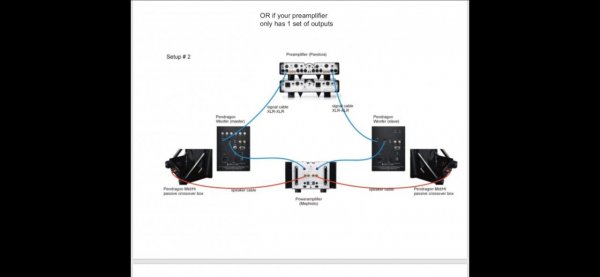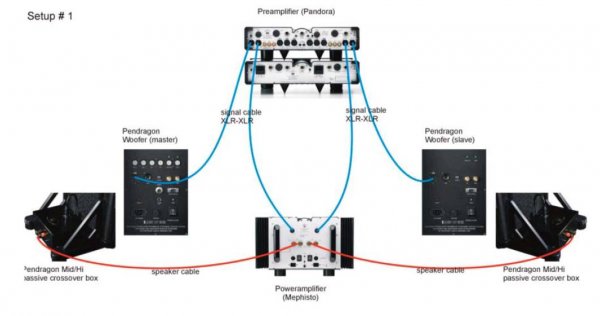Ron have you considered splitting the ic length and perhaps the source components being in your source space and maybe 6-8 meters from the phono/ tape pre output to the preamp in your listening space and then 9-11 meters from the preamp to the bass towers. At least the concerns about the electrical demands of long ic runs are reduced. The Io has the output to handle this no problem.
Perhaps a port that can pass through ic runs may reduce the length of having sources in a seperate space.
or use darTZeel preamps and amps where any length 'zeel' cable does, in my experience, sound the same. I've compared 1 meter to 11 meter and cannot hear the difference. I can hear differences between cable brands of 'zeel', but not length differences with the same brand. optimally executed 'zeel' 50 ohm interfaces seem to 'apparently' solve the length issue.
at least this has been the case with both the Evolution Acoustics 'zeel' and the darTZeel 'zeel' cables.
Herve' claims any length 50 ohm 'zeel' up to .5 kilometer sounds the same. I would differ to Herve' as he knows his stuff about cable geometry. I would refer anyone to an article Herve wrote in the September 2001 Stereophile magazine about 'cable echo's' and that all conventional interconnects suffer unavoidably from it, the longer the worse. it's not on line, but I do have a hard copy I could scan if anyone cares. it's got too much 'high math' for me to digest. I just listen and relate opinions.
scientific proof? no. but 'zeel' cable passes the smell test.



